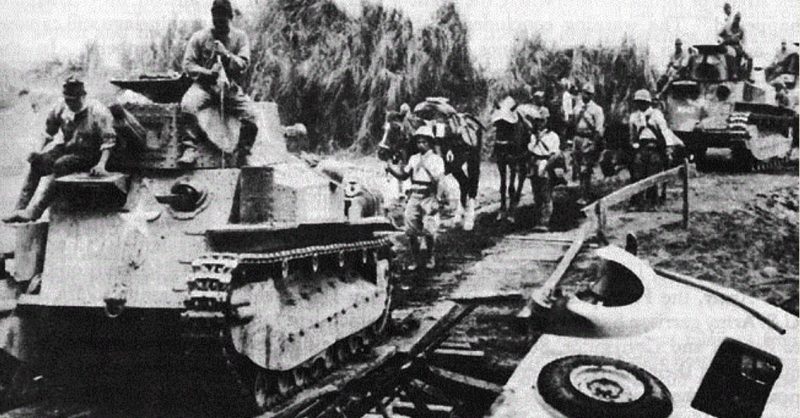Americans didn’t learn of the Bataan Death March and the atrocities associated with the 1942 Japanese conquest of Luzon until January 28, 1944, when newspapers publicized the tragic events.
This fact alone may help to explain the ferocity of revenge advocated by Americans and their overwhelming support of President Truman’s decision to drop the atomic bomb in the final days of the war. The Bataan Death March of April 1942 was, according to Air Force Historian Stanley L. Falk, a “tragic nightmare without form, reason, or mercy.”
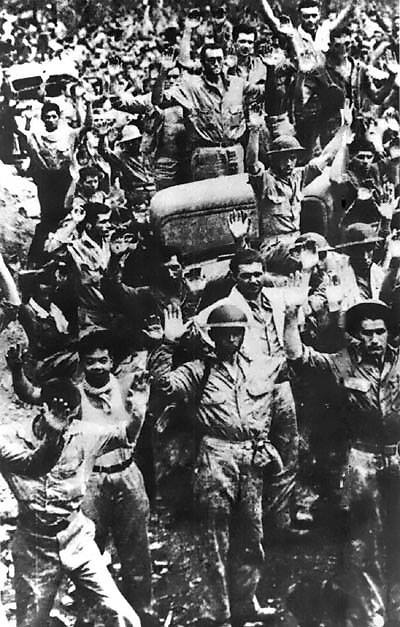
American Forces Surrender at Bataan to the Japanese in 1942
The Japanese invasion force of the Philippines, under General Masaharu Homma, began brilliantly, duplicating Imperial Japanese victories in China, Southeast Asia, and Singapore. After reaching Manila, however, Homma was confronted with the American and Filipino withdrawal to Bataan on the southern tip of the island. General Douglas MacArthur was determined to hold out until reinforcements could be sent.
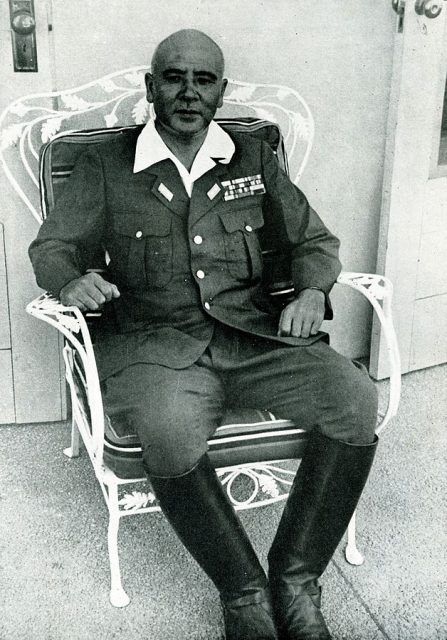
Underestimating American strength, Homma dispatched untested troops, relieving a more veteran corp that was needed elsewhere. As the battle continued, it became obvious that the American and Filipino forces, numbering 80,000, would not easily be subdued. MacArthur was ordered to Australia on March 11th, leaving General Jonathan Wainwright in command.
By early April the American position had become untenable. Heavy air bombardment and Japanese encirclement tore long holes into the American and Filipino defensive lines. On April 9, 1942, forward commander General King, against orders, agreed to unconditional surrender. It was the anniversary of Robert E Lee’s surrender at Appomattox. Some 76,000 prisoners would begin the long march to Camp O’Donnell in the North.
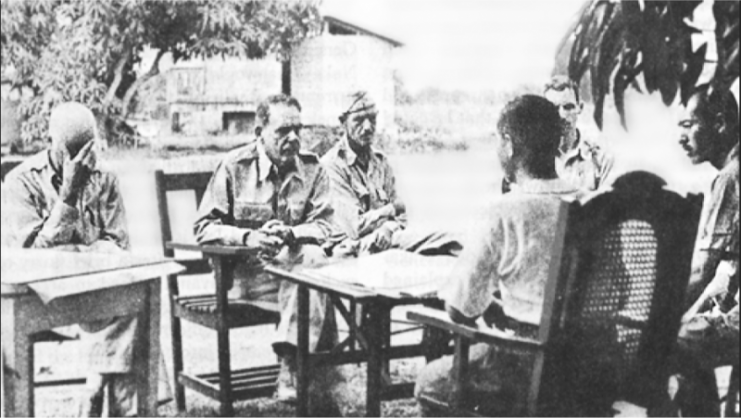
The Bataan Death March to Camp O’Donnell Results in Many American Deaths
Historians have never been able to confirm whether Imperial Headquarters in Tokyo actually issued the order, but Japanese ground commanders at Bataan were given verbal orders over the telephone to kill all prisoners. Absent clearly written orders, the commanders refused. Instead, prisoners were marched in small groups to the distant POW camp. 7,000 to 10,000 would die on the march, beaten to death, bayoneted, beheaded, and starved.
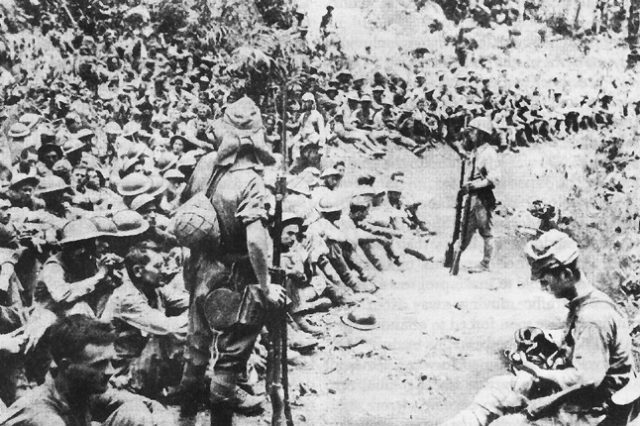
Blair Robinett, a private in Company C, 803d Engineers, described a Japanese soldier grabbing a sick prisoner and hurling the unfortunate man in front of an oncoming Japanese tank column. “When the last tank left there was no way you could tell there’d ever been a man there. But his uniform was embedded in the cobblestone.”
Captain Marion Lawton, with the 1st Battalion, 31st Regiment, recounted the fate of a Colonel Erwin who was first bayoneted by a Japanese guard and then pushed to the side of the road into a ditch where the guard “put his rifle muzzle to his back and pulled the trigger.”
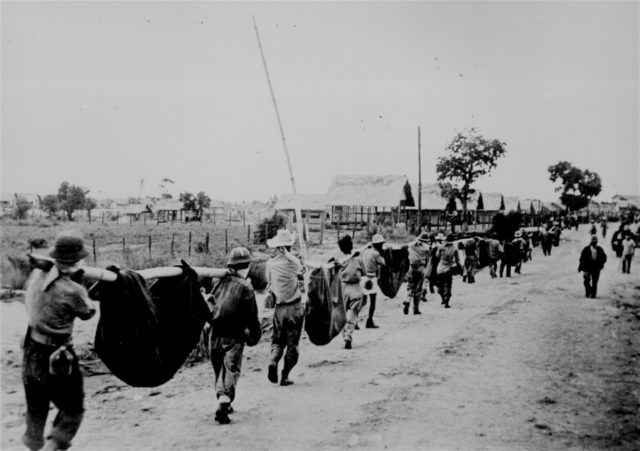
The majority of American and Filipino prisoners suffered unrelenting cruelties on the march while being denied adequate medical treatment, food, or water. After reaching Camp O’Donnell, thousands more would die of malaria and malnutrition. Thousands were put on ships and transferred to China to work as forced laborers in Japanese camps.
Explanations for the Bataan Death March
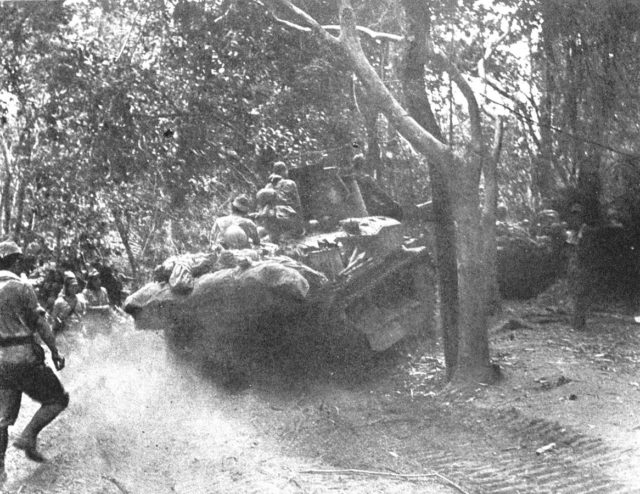
Western historians point to the militaristic traditions of Japan and the emphasis on personal strength. Surrender was a sign of weakness. A Japanese field manual advised soldiers to leave their last round of ammunition for themselves; surrender was not an option. The April 24, 1942, edition of the Japan Times & Advertiser commented that “The Japanese forces are crusaders in a holy war.”
Hiding the Death March from the American Public
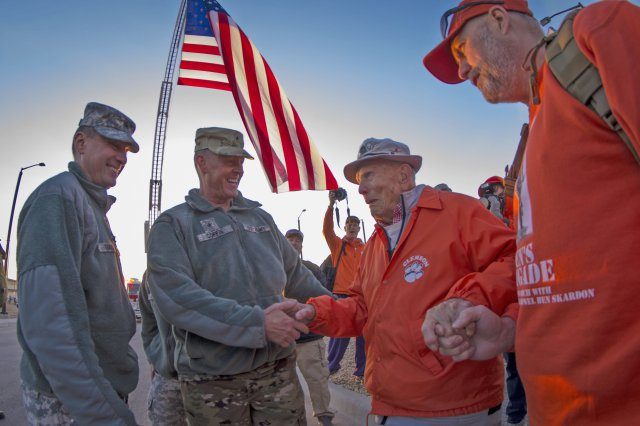
In addition to the Samurai tradition, Stanley Falk cites “failures in Japanese leadership,” demonstrating that a process for the humane treatment of prisoners had been put into place by General Homma but that these policies were largely ignored by on-site commanders. American military leadership, for its part, kept the truth of the atrocities away from the public out of fear that such disclosures might adversely affect American POWs.
